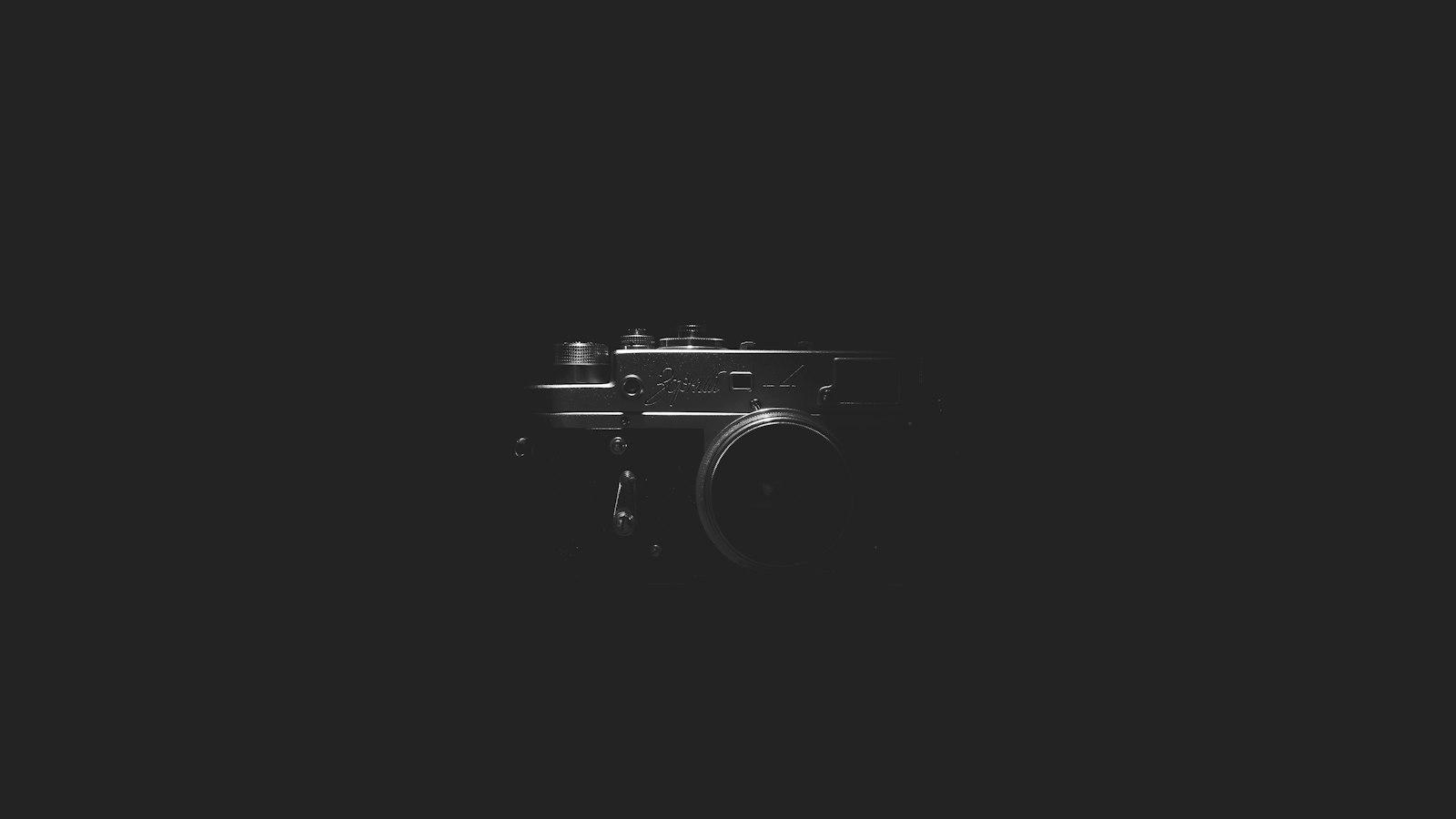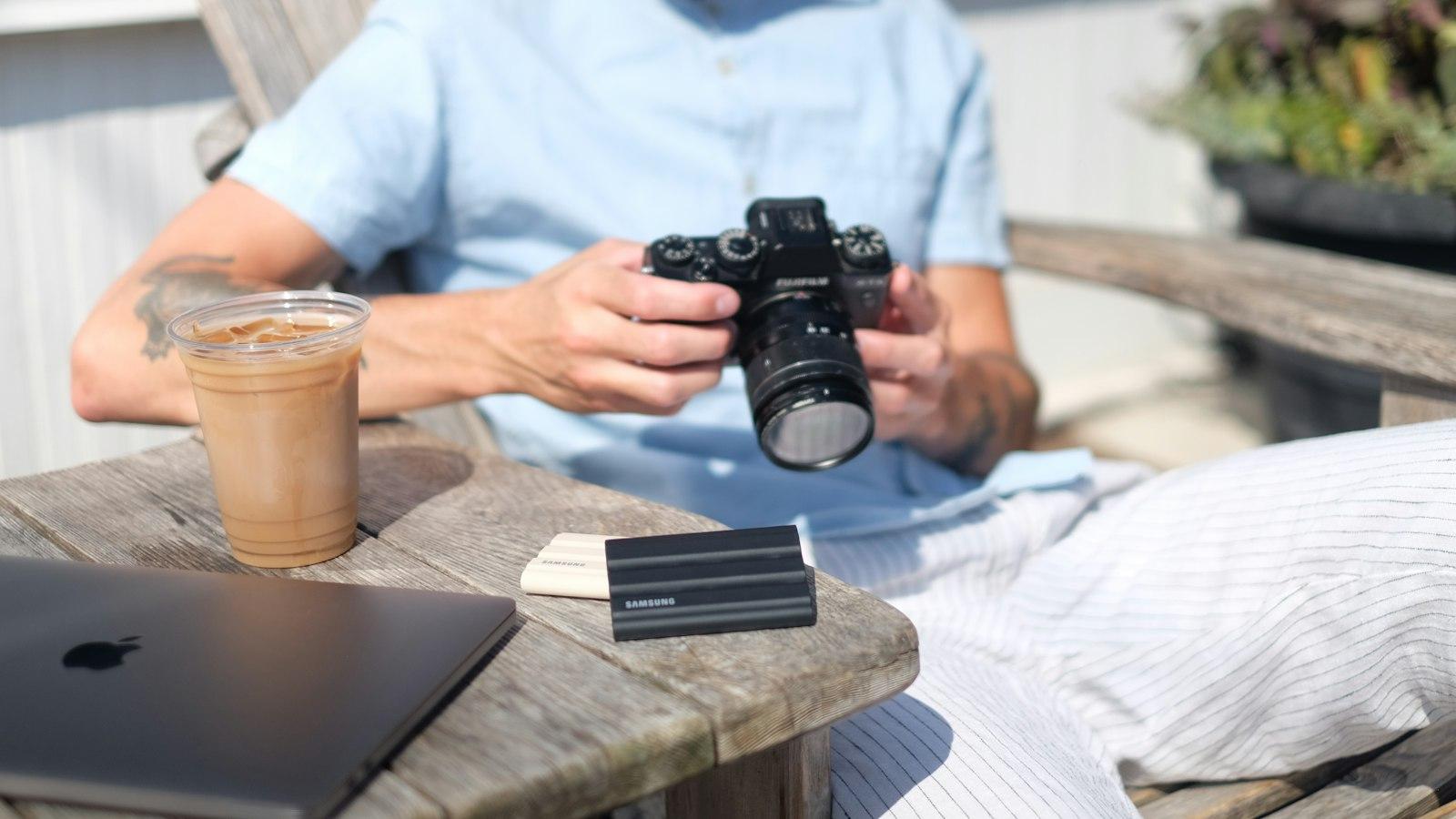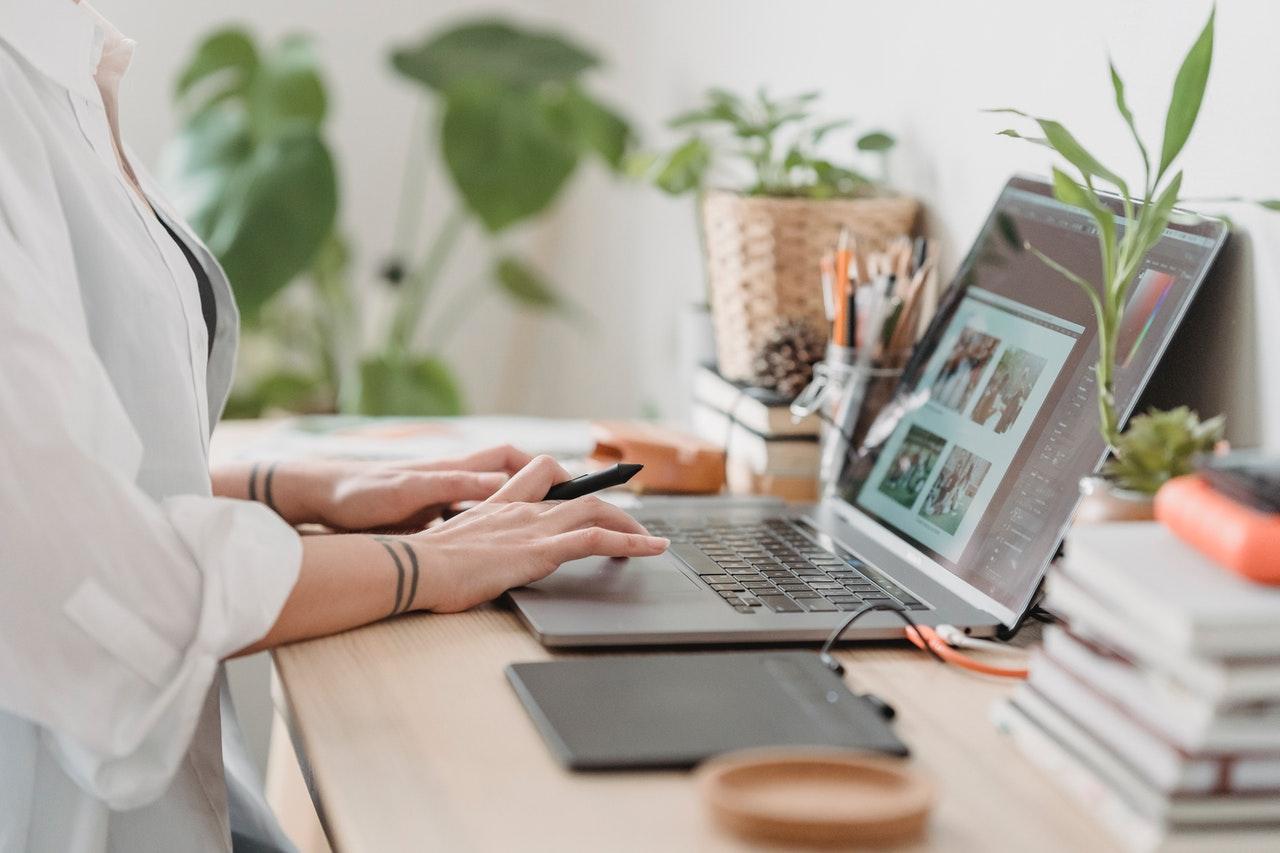
In today’s world, it seems like everyone has access to a camera. Whether it’s a high-end DSLR or a simple smartphone, capturing moments and memories has never been easier. However, simply owning a camera is not enough to ensure stunning photographs. Understanding how to use your camera effectively is crucial in order to elevate your photography skills and create captivating images. Whether you’re a beginner or a seasoned photographer looking to unlock your camera’s potential, this article will guide you through the fundamental techniques and settings to make the most out of your photographic journey. By taking the time to learn and comprehend the basics, you’ll be well on your way to capturing breathtaking moments and unlocking your camera’s full potential. Let’s dive into the wonderful world of photography and explore how to use your camera like a pro.
Camera Basics: Understanding the Different Camera Modes and Settings
When it comes to mastering photography, understanding the different camera modes and settings is crucial. These features allow you to have better control over your camera and achieve the desired effects in your photos. Here is a breakdown of the most common camera modes and settings and how they can enhance your photography skills.
1. Automatic Mode: Automatic mode is perfect for beginners or those who simply want to take quick snapshots without worrying about adjusting settings. In this mode, the camera takes care of everything, from setting the exposure to focusing. It’s a great way to capture moments on the go, but keep in mind that you won’t have as much control over the final result.
2. Program Mode: Program mode is similar to automatic mode, but it allows you to make some adjustments. In this mode, the camera still handles most of the settings, but you have the freedom to customize certain aspects such as white balance and ISO. It’s a step up from automatic mode and a great starting point for those looking to experiment with different settings.
3. Aperture Priority Mode: Aperture priority mode, often indicated by the letter “A” or ”Av” on your camera dial, allows you to manually set the aperture while the camera determines the appropriate shutter speed. This mode is perfect for controlling depth of field, allowing you to create stunning bokeh effects or capture sharp landscapes. It’s ideal for portrait and landscape photographers.
4. Shutter Priority Mode: Shutter priority mode, usually indicated by the letter “S” or “Tv” on your camera dial, works in the opposite way of aperture priority mode. In this mode, you set the desired shutter speed while the camera adjusts the aperture accordingly. It’s great for capturing motion blur or freezing fast-moving subjects. Sports and wildlife photographers often utilize this mode to capture action shots.
5. Manual Mode: As the name suggests, manual mode gives you full control over all camera settings. This mode requires a good understanding of exposure and other technical aspects of photography. However, it allows for complete creative freedom and flexibility. Photographers who want to have full control over every aspect of their photos will love manual mode.
Remember, these camera modes and settings are just tools to help you achieve your desired results. Experiment with each mode and setting to find what works best for your style and subject matter. Photography is a continuous learning process, so don’t be afraid to step out of your comfort zone and embrace the multitude of options your camera has to offer!

Mastering Composition: Techniques to Create well-balanced and Engaging Photographs
When it comes to capturing stunning photographs, mastering composition is vital. Composition refers to how the various elements in a photograph are arranged, and it can greatly impact the overall quality of your image. By understanding and implementing various composition techniques, you can create well-balanced and engaging photographs that truly captivate your viewers. In this post, we will discuss some techniques that will help you master composition and take your photography skills to the next level.
The Rule of Thirds
One of the most fundamental composition techniques is the Rule of Thirds. This technique involves dividing your frame into a 3×3 grid using two horizontal and two vertical lines. The intersecting points of these lines are known as the “power points.” By placing your main subject along these power points or aligning them with the grid lines, you can create a visually pleasing and well-balanced composition.
Leading Lines
Another powerful composition technique is the use of leading lines. Leading lines are lines or shapes within your photograph that guide the viewer’s eye towards the main subject or a specific area of interest. These lines can be natural elements like roads, rivers, or fences, or they can be man-made objects like railings or buildings. By strategically positioning leading lines in your composition, you can create a sense of depth and draw attention to your subject.
Foreground Interest
Incorporating foreground interest adds depth and dimension to your photographs. By including objects or elements in the foreground of your composition, you can create a sense of scale and context. This technique helps to engage your viewers and make them feel immersed in the scene you captured. Experiment with different foreground elements, such as flowers, rocks, or architecture, to add interest and enhance your composition.
Balance and Symmetry
Creating balance and symmetry in your photographs can result in visually pleasing and harmonious compositions. Symmetry is achieved when the elements on one side of your frame mirror the elements on the other side. It helps create a sense of stability and order. However, remember that perfect symmetry might not always be the best choice. Sometimes, a slightly off-balanced composition can add intrigue and visual interest to your images.
Negative Space
Using negative space effectively can make your main subject stand out and evoke a sense of calmness and simplicity. Negative space refers to the empty or unoccupied areas in your composition. By giving your subject ample room to breathe within the frame, you can draw attention to it and create a captivating visual impact. Embrace minimalism and use negative space to highlight the subject and convey a specific mood or emotion.

Optimizing Lighting: Tips for Achieving Proper Exposure and Enhancing Visual Appeal
When it comes to photography, lighting is one of the most important factors that can make or break a shot. Properly controlling and optimizing lighting can help you achieve proper exposure and enhance the visual appeal of your photos. In this post, we will explore some useful tips that can help you make the most out of your camera’s capabilities.
1. Understand the Exposure Triangle
Before delving into lighting techniques, it’s essential to have a good understanding of the exposure triangle – the relationship between aperture, shutter speed, and ISO sensitivity. Adjusting these settings can significantly impact the exposure and overall look of your photos. Experiment with different combinations to find the perfect balance for each situation.
2. Utilize Natural Light
Natural light is a versatile and free lighting source that can produce stunning results. Take advantage of the different qualities and times of day to capture the desired mood. The golden hour, which occurs during sunrise and sunset, offers soft and warm light that is perfect for portraits and landscapes. Additionally, diffused light on cloudy days can create a soft, even glow ideal for reducing harsh shadows and emphasizing details.
3. Use Artificial Lighting Techniques
While natural light is beautiful, there are situations where artificial lighting can be beneficial. Experiment with techniques such as using off-camera flash or reflectors to fill in shadows and add dimension to your subjects. For indoor photography, consider investing in a softbox or umbrella to create a softer, more diffused light that mimics natural lighting conditions.
4. Pay Attention to White Balance
White balance refers to the color temperature of the light source and plays a significant role in the overall mood of your photos. Fluorescent, incandescent, and natural light all have different color temperatures, which can result in warm or cool tones. Learn how to adjust the white balance settings on your camera to accurately capture the desired look and feel.
5. Practice Composition Techniques
While lighting is crucial, composition also plays a vital role in enhancing visual appeal. Consider creating balance by using the rule of thirds or leading lines to guide the viewer’s eyes towards the main subject. Experiment with different angles and perspectives to add more depth and visual interest to your photos.

Unlocking Creativity: Exploring Advanced Features and Experimenting with Camera Effects
In today’s digital era, having a smartphone with a powerful camera has become commonplace. Whether you’re a professional photographer or a casual enthusiast, it’s important to understand the advanced features and camera effects that can unlock your creativity and take your photography to the next level. In this post, we will explore the various ways you can utilize these features and experiment with camera effects, allowing you to capture stunning and unique images.
Adjusting Exposure and White Balance: One of the first things you should learn when exploring advanced camera features is how to adjust the exposure and white balance settings. By properly adjusting the exposure, you can control the brightness and darkness of your images, adding depth and mood to your photos. Similarly, white balance allows you to adjust the color temperature, ensuring that the colors in your images appear accurate and vibrant.
Mastering Manual Mode: Most smartphones offer a manual mode that allows you to take complete control of your camera settings. This is a great opportunity to experiment and push the boundaries of your creativity. Adjusting the shutter speed, aperture, and ISO can give you full control over the depth of field, motion blur, and light sensitivity of your photos. Don’t be intimidated by manual mode; with time and practice, you will become more comfortable with these settings and be able to capture truly stunning images.
Exploring Camera Effects: Many smartphones come equipped with various camera effects that can add a touch of magic to your photos. From filters that mimic vintage film to bokeh effects that blur the background, these features allow you to transform your ordinary shots into extraordinary works of art. Take the time to experiment with different effects and discover which ones resonate with your style and vision.
Embracing Advanced Editing Tools: The post-processing stage is just as important as capturing the image itself. Once you have taken your photo, consider using advanced editing tools to further enhance your creative vision. From adjusting the exposure and contrast to fine-tuning the colors and adding artistic overlays, editing apps offer a myriad of possibilities to unleash your creativity. Remember to strike a balance between enhancing your photos and maintaining their natural look.
Getting Inspired and Sharing Your Work: Finally, don’t forget the power of inspiration and community. Follow photographers and artists whose work resonates with you, join online photography communities, and participate in challenges and contests. By sharing your work, you not only receive valuable feedback and critiques but also inspire others and foster a sense of belonging in a supportive creative community. So go out there, explore the advanced features of your camera, experiment with camera effects, and unlock the full potential of your creativity to capture breathtaking images.

Preserving Memories: Effective Storage and Organization of your Captured Images
When it comes to capturing amazing moments, your camera is your best friend. But what happens when you have thousands of photos and struggle to find the one you need? Don’t worry, effective storage and organization of your captured images can be a game-changer. In this post, we will guide you on how to efficiently preserve your memories, ensuring easy access and a stress-free experience.
1. Establish an Organizational System
First things first, you need to establish a clear and efficient organizational system for your images. Start by creating folders on your computer or external hard drive, categorizing them based on subjects, dates, or events. This will help you find specific photos quickly and easily. Consider setting up a naming convention for your files, including relevant keywords and dates to enhance searchability.
2. Utilize Metadata and Tags
Most modern cameras automatically add metadata to your photos, which includes information like date, time, and even geolocation. Take advantage of this feature by utilizing tags or keywords to add more context to your images. By doing so, you can easily search for photos with specific tags, such as “beach,” ”birthday,” or “sunset.” Additionally, consider using image management software that allows you to add custom tags to further enhance organization.
3. Backup Your Photos Regularly
Preserving your memories also means protecting them from accidental loss or hardware failure. Therefore, it is paramount to regularly backup your photos. Consider using cloud storage services like Google Drive or Dropbox, or invest in an external hard drive to create duplicate copies of your image library. Automated backup solutions are also available, allowing you to schedule regular backups without hassle.
4. Invest in Photo Management Software
If you are serious about organizing your captured images, investing in a dedicated photo management software can be a game-changer. These tools offer advanced features such as facial recognition, duplicate detection, and advanced search capabilities. Some popular options include Adobe Lightroom, Google Photos, and Apple Photos. Explore different options and choose the one that aligns with your needs and budget.
5. Create Personalized Photo Albums
While digital organization is crucial, don’t forget the joy of creating physical photo albums. Bring your memories to life by selecting your favorite photos and designing personalized albums. You can use online services that offer customizable templates and high-quality printing services. Displaying your photos in albums not only makes them easily accessible but also adds a personal touch to your home decor.
Q&A
Q: What are the basic camera settings to consider before taking a photo?
A: Before capturing a photo, make sure to adjust your camera’s aperture, shutter speed, and ISO settings. Set the aperture to control the depth of field, the shutter speed to freeze or blur motion, and the ISO to adjust the camera’s sensitivity to light.
Q: How can I achieve proper focus in my photos?
A: To achieve proper focus, use your camera’s autofocus feature, which automatically sharpens the subject. Alternatively, you can manually focus by adjusting the lens until the desired subject appears crisp and clear in the viewfinder or LCD screen.
Q: How can I ensure my photos are well-exposed?
A: To ensure well-exposed photos, you can rely on your camera’s built-in light metering system, typically set to evaluative or matrix mode. It measures the light in the scene and helps adjust the camera settings accordingly. You can also use exposure compensation to fine-tune the exposure based on your desired effect.
Q: How can I improve the composition of my photographs?
A: To improve composition, consider the rule of thirds. Mentally divide your frame into nine equal parts with two horizontal and two vertical lines. Positioning the main subject along these lines or at their intersections often creates a more visually appealing composition.
Q: What is white balance and why is it important?
A: White balance refers to the adjustment of colors in your photos to ensure whites appear as truly white under different lighting conditions. Each type of light source has a different color temperature. By setting the appropriate white balance in your camera, you’ll achieve accurate and natural colors in your images.
Q: How can I make my photos more interesting and unique?
A: Experiment with various perspectives and angles to add interest to your photos. Try shooting from a high or low vantage point, exploring different focal lengths, or incorporating leading lines or framing elements to guide the viewer’s eye.
Q: Are there any specific camera accessories that can enhance my photography?
A: Yes, camera accessories such as tripods, filters, and external flashes can greatly enhance your photography. A tripod helps stabilize your camera for sharper images, filters add creative effects or correct lighting conditions, and external flashes provide additional lighting control for better exposure in challenging situations.
Q: How can I avoid blurry photos?
A: Blurry photos can be avoided by using a faster shutter speed, ensuring proper focus, and utilizing image stabilization if available. Steady your camera or use a tripod for longer exposures, maintain a stable posture, and gently press the shutter button to minimize camera shake.
Q: How can I maximize the battery life of my camera?
A: To maximize battery life, limit the use of your camera’s LCD screen, especially when shooting continuously. Carry spare batteries, especially during extended shooting sessions, and ensure to turn off your camera when not in use. Additionally, using an optical viewfinder instead of the LCD screen can conserve battery power.
Q: What are some recommended resources for further improving my photography skills?
A: There are numerous resources available to enhance your photography skills. Online platforms like photography blogs, forums, and YouTube tutorials offer valuable tips and techniques. Additionally, joining photography groups or workshops, and practicing regularly will greatly contribute to improving your skills. In conclusion, understanding how to use your camera effectively can greatly enhance your photography skills and allow you to capture moments with precision and creativity. By familiarizing yourself with the camera’s basic functions, modes, and settings, you can take full control of your equipment and maximize its potential. Remember to experiment and practice regularly, expanding your knowledge and pushing the boundaries of your creativity.
Always keep in mind that photography is a journey of continuous learning, where mistakes provide valuable lessons. Take your time to understand the intricacies of your camera, experiment with different techniques, and explore the vast array of possibilities that photography has to offer. With perseverance and dedication, you’ll find yourself capturing breathtaking images that truly express your unique vision.
So, go ahead, grab your camera, and delve into the exciting world of photography. Allow your camera to become an extension of your creativity, and let it narrate the stories you wish to tell. With a good understanding of your camera’s capabilities and a passion for capturing the extraordinary in the ordinary, you’ll unlock endless opportunities to create stunning visuals that will inspire and captivate. Happy shooting!






